Innovations in Material Science
The Nano Zinc Oxide Market is benefiting from innovations in material science, particularly in the development of advanced materials. Nano zinc oxide is being explored for its potential in various applications, including coatings, plastics, and composites. Its unique properties, such as UV protection and antimicrobial effects, make it an attractive additive for enhancing material performance. The market for nano zinc oxide in material science is expected to grow as industries seek to develop more durable and efficient products. Projections indicate that this segment could see a CAGR of around 5% in the coming years, driven by the demand for high-performance materials. This suggests that the Nano Zinc Oxide Market will continue to evolve, reflecting the ongoing advancements in material technology and the quest for innovative solutions.
Growth in the Electronics Sector
The Nano Zinc Oxide Market is witnessing significant growth attributed to its expanding role in the electronics sector. Nano zinc oxide is utilized in the production of transparent conductive films, which are essential for touch screens, solar cells, and LED technology. The demand for these applications is expected to increase as the electronics industry continues to innovate and expand. Reports indicate that the market for nano zinc oxide in electronics could reach a valuation of several hundred million dollars by 2026, driven by advancements in technology and the increasing adoption of smart devices. This trend suggests that the Nano Zinc Oxide Market will play a crucial role in supporting the electronics sector's growth, particularly in enhancing the performance and efficiency of electronic components.
Rising Demand in Sunscreen Products
The Nano Zinc Oxide Market is significantly influenced by the rising demand for sunscreen products. As consumers become more aware of the harmful effects of UV radiation, the preference for effective sun protection has surged. Nano zinc oxide is favored in sunscreen formulations due to its ability to provide broad-spectrum UV protection while being less visible on the skin compared to traditional zinc oxide. The market for sunscreen products containing nano zinc oxide is projected to grow at a CAGR of around 8% in the coming years. This growth is indicative of a broader trend towards safer and more effective sun care solutions. Consequently, the Nano Zinc Oxide Market is likely to benefit from this increasing consumer focus on skin health and protection, further solidifying its position in the personal care sector.
Advancements in Agricultural Applications
The Nano Zinc Oxide Market is also experiencing growth due to advancements in agricultural applications. Nano zinc oxide is recognized for its potential to enhance crop yield and improve plant health by acting as a micronutrient. Its application in fertilizers and pesticides is gaining traction, as it can improve the efficacy of these products while reducing environmental impact. The agricultural sector is increasingly adopting nano zinc oxide-based solutions, with market estimates suggesting a growth rate of approximately 6% in this segment over the next few years. This trend indicates a shift towards more sustainable agricultural practices, where the Nano Zinc Oxide Market plays a pivotal role in supporting food security and sustainable farming initiatives.
Increasing Application in Pharmaceuticals
The Nano Zinc Oxide Market is experiencing a notable surge in demand due to its increasing application in pharmaceuticals. This compound is recognized for its antimicrobial properties, making it a valuable ingredient in various topical formulations, including ointments and creams. The market for pharmaceutical-grade nano zinc oxide is projected to grow at a compound annual growth rate (CAGR) of approximately 7% over the next few years. This growth is driven by the rising prevalence of skin-related ailments and the need for effective treatment options. Furthermore, the incorporation of nano zinc oxide in drug delivery systems enhances the bioavailability of active ingredients, thereby improving therapeutic outcomes. As healthcare providers and consumers alike seek innovative solutions, the Nano Zinc Oxide Market is poised for expansion, reflecting a broader trend towards advanced pharmaceutical formulations.


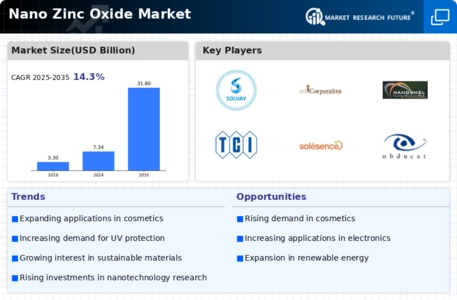
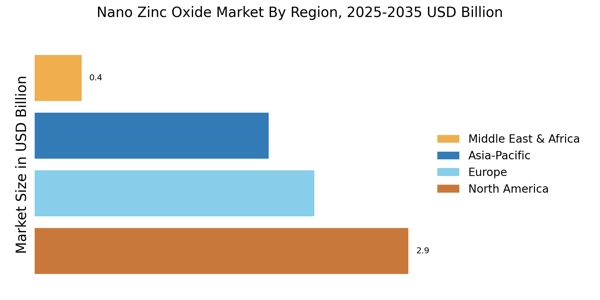
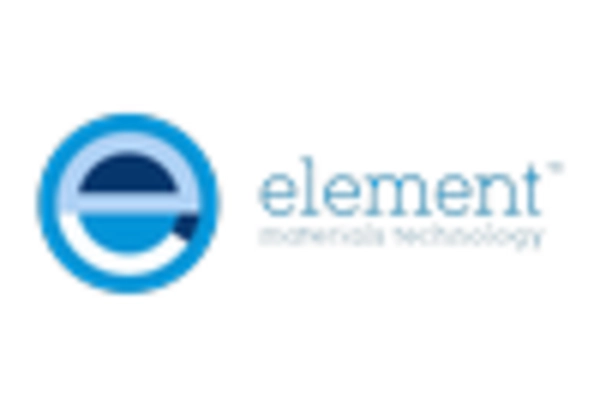
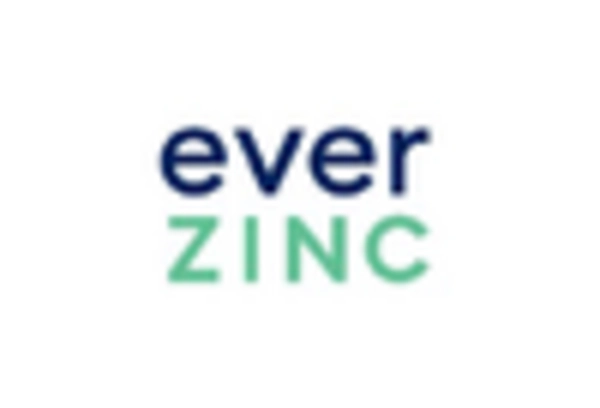
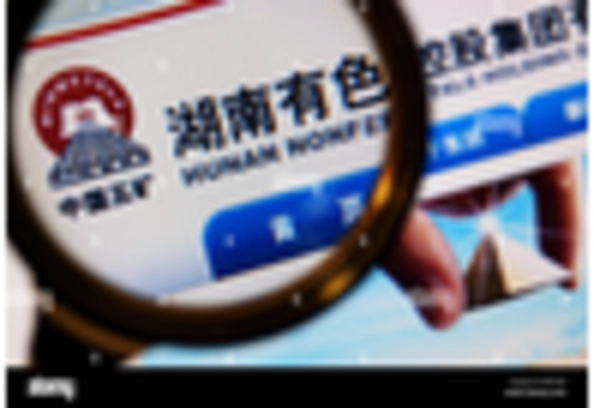
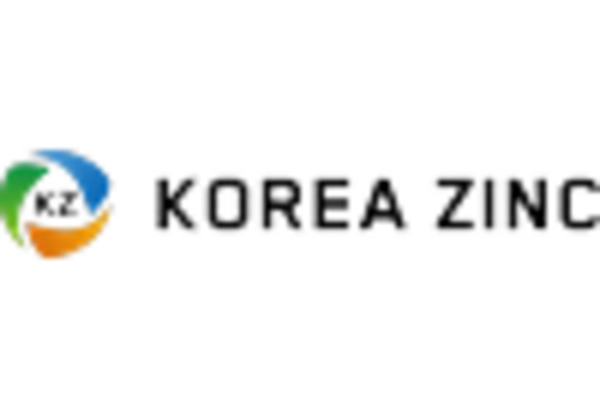
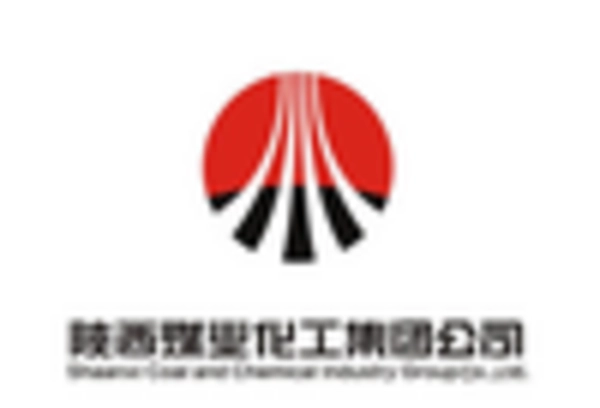
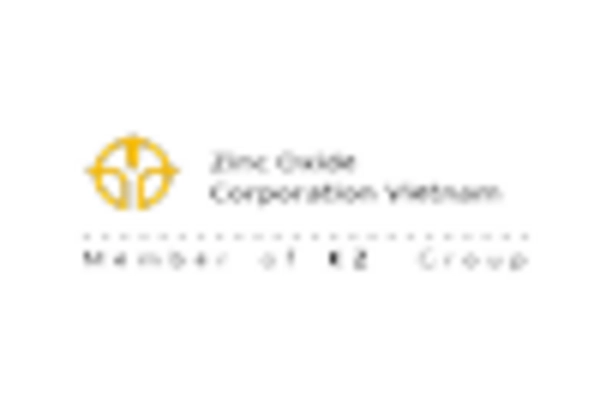








Leave a Comment